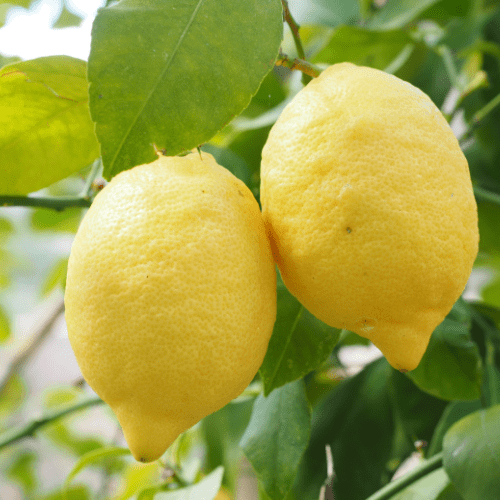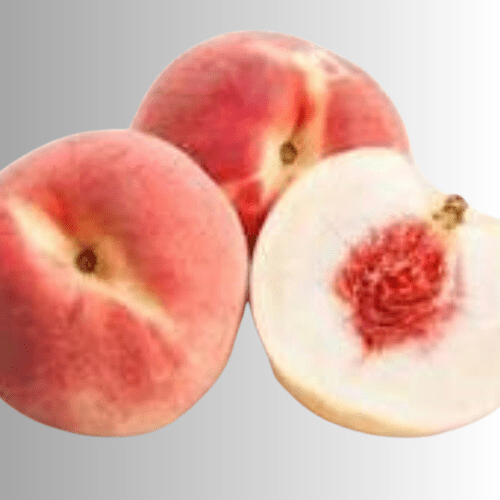Position
Plant your granadilla plant in a warm spot, protected from strong winds. Train it against a trellis or fence, and it will twist itself around the support.
Soil Type
Use sandy, loamy soil with a pH of 6.5 and 7.5 for the best results.
Dig a hole about 60 x 60 cms and enrich it with a bag of Volcanic rock dust sufficient to create an optimal environment. This deep soil prep is necessary for good root growth and to ensure the soil has good drainage (granadilla plants are sensitive to wet soil conditions).
Water the potted plant before transplanting, then plant it at the same level in the ground as in the pot. Then, firm the soil around the plant.
Watering
Water your plant well every 2 to 3 days in hot weather rather than a little, daily. Water deeply to ensure the roots are well watered.
Mulching
Keep the soil mulched with Pine Bark Mulch to retain moisture, protect the plant’s roots from UV damage, and keep weeds at bay.
Fertilising
Apply fertiliser sparingly during the growing season to encourage healthy growth. Apply 1 teaspoon every 4-5 months of our slow-release nitrogen-rich all plant fertiliser. The plant roots will absorb what they need.
Pruning
Prune the side shoots back to 60 cms from the ground after fruiting. Thin out the plant to prevent overcrowding and overlapping and remove dead or diseased wood.
Pests and Diseases
Aphids, citrus psylla, red scale, citrus greening. Spraying regularly with Agricultural Neem Oil or Effective Microorganisms (EM Control ) will assist in either prevention or after the fact. If you already have aphids or mites, wash the tree with a harsh hosing, and when dry, spray with Neem oil or EM Control.
Practice good garden hygiene (remove fallen fruit and leaves).
Watch for root rot (if overwatered) and fungal infections during wet periods.
Harvesting
This plant bears fruit twice a year – a summer crop and a smaller winter crop. The first fruits will be ready about 6 to 9 months after planting. Pick the fruit when they are fully developed and light purple. Let them ripen in your kitchen; they are ready to eat when they are dark purple, and the skin shrivels.






